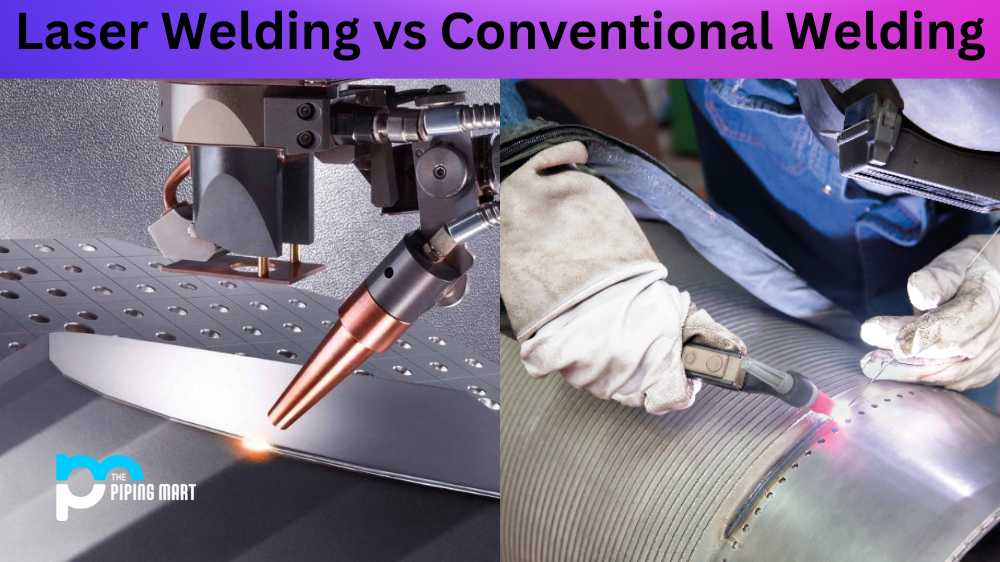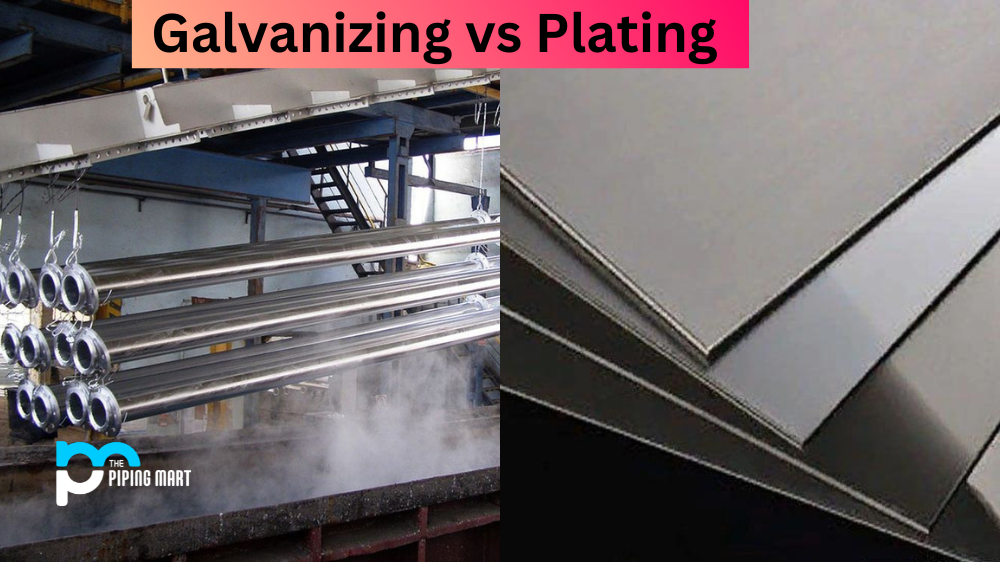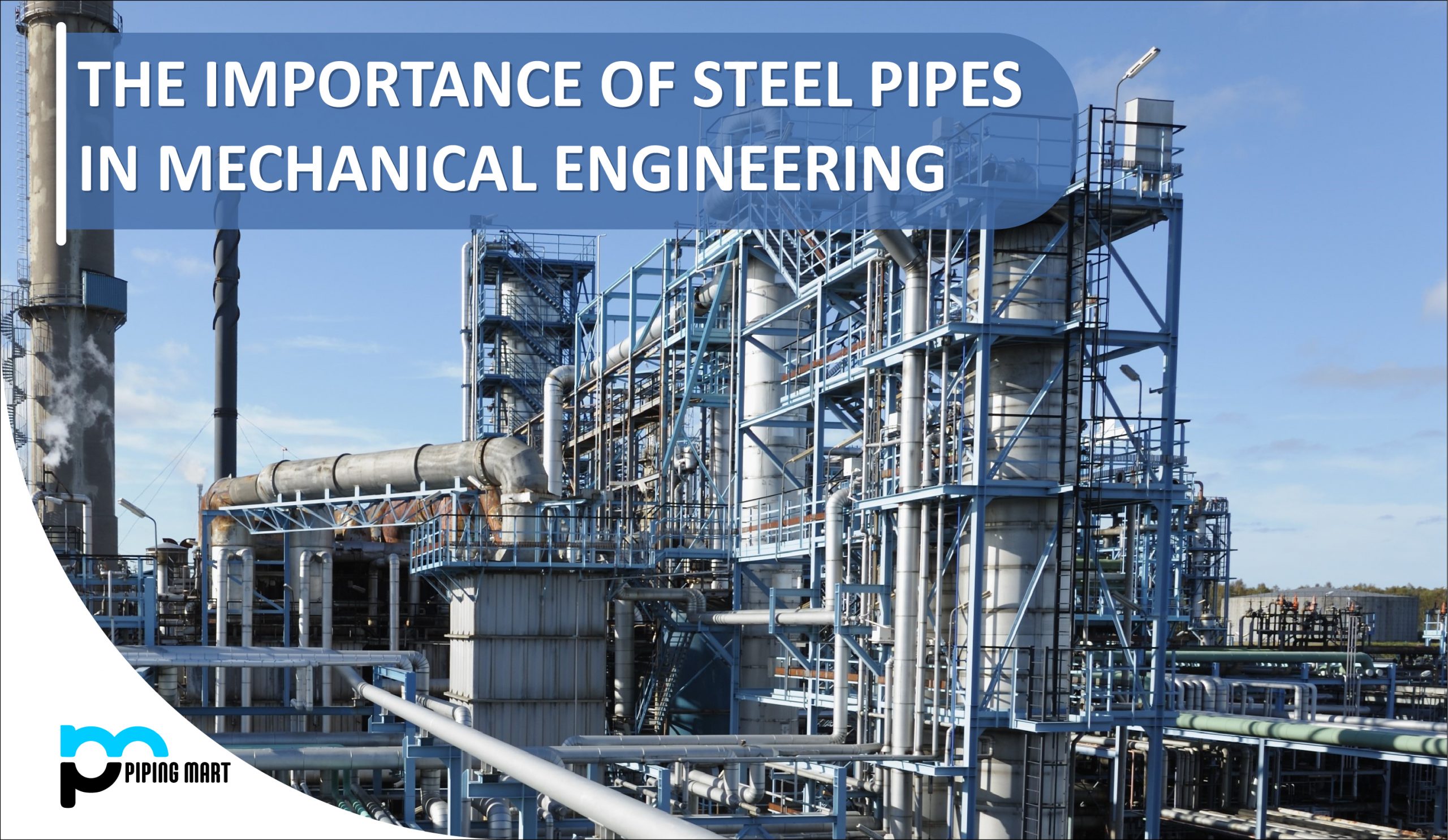Welding is an important part of the manufacturing process, and laser welding has recently become increasingly popular as a replacement for conventional welding techniques. But what exactly is laser welding? And how does it compare to conventional welding? Keep reading to learn more about laser welding and its advantages over traditional methods.
What is Laser Welding?
Laser welding is a process in which two pieces of metal are joined together using a focused beam of light from a laser. The light from the laser melts the metal at the joint, forming a strong bond between the two pieces. The weld created by this process is usually much stronger than that created by conventional welding techniques.
What is Conventional Welding?
Conventional welding is a process of joining two or more similar metals together by melting and fusing them. This type of welding, also known as oxy-acetylene welding, is most commonly used in manual welding procedures that require quick setup and a high degree of dexterity. It utilizes an oxygen-acetylene flame combined with filler metal rods to produce strong welds with moderate penetration. While it requires more skill than other forms of welding, it allows for greater control in the final outcome and is ideal for intricate or delicate applications such as automotive repair and bodywork.
Difference Between Laser Welding and Conventional Welding
The main advantage of laser welding over conventional techniques is that it can be used in precision applications where accuracy is paramount. This makes it perfect for situations where complex parts must be welded together with pinpoint accuracies, such as in medical devices or aerospace components. Additionally, because the weld area is very small, there’s less heat distortion which helps reduce post-weld processing time. Furthermore, since no filler material or heat shield is required, there’s less chance of contaminants entering the weld joint and causing weak spots or cracks. Finally, because lasers don’t require direct contact with the workpiece during welding, they’re better suited for working on delicate components that would otherwise be damaged by physical contact with traditional tools.
- Laser welding is a type of welding that uses a laser to heat the material being joined.
- Laser welding is more precise than conventional welding, making it ideal for joining thin materials or for welding in difficult-to-reach areas.
- Laser welding is faster than conventional welding, which can help to increase productivity.
- Laser welding produces less heat than conventional welding, which can help to reduce warping and distortion.
- Laser welding is more expensive than conventional welding, as it requires special equipment and training.
- Laser welding is not suitable for all applications, as it cannot be used on materials that are reflective or absorb light.
Conclusion:
As you can see, laser welding has several distinct advantages over conventional techniques, such as greater precision and accuracy and reduced heat distortion and contamination risk. If you’re looking for a reliable way to join metal parts with precision and accuracy, then laser welding may be your best bet! For anyone involved in manufacturing operations—whether it be welders, engineers or production staff—it pays to know about this advanced technology so you can take full advantage of its benefits on your next project!

Pipingmart is a B2B portal that specializes in metal, industrial and piping items. Additionally, we share the latest information and information about materials, products and various types of grades to assist businesses that are involved in this business.




